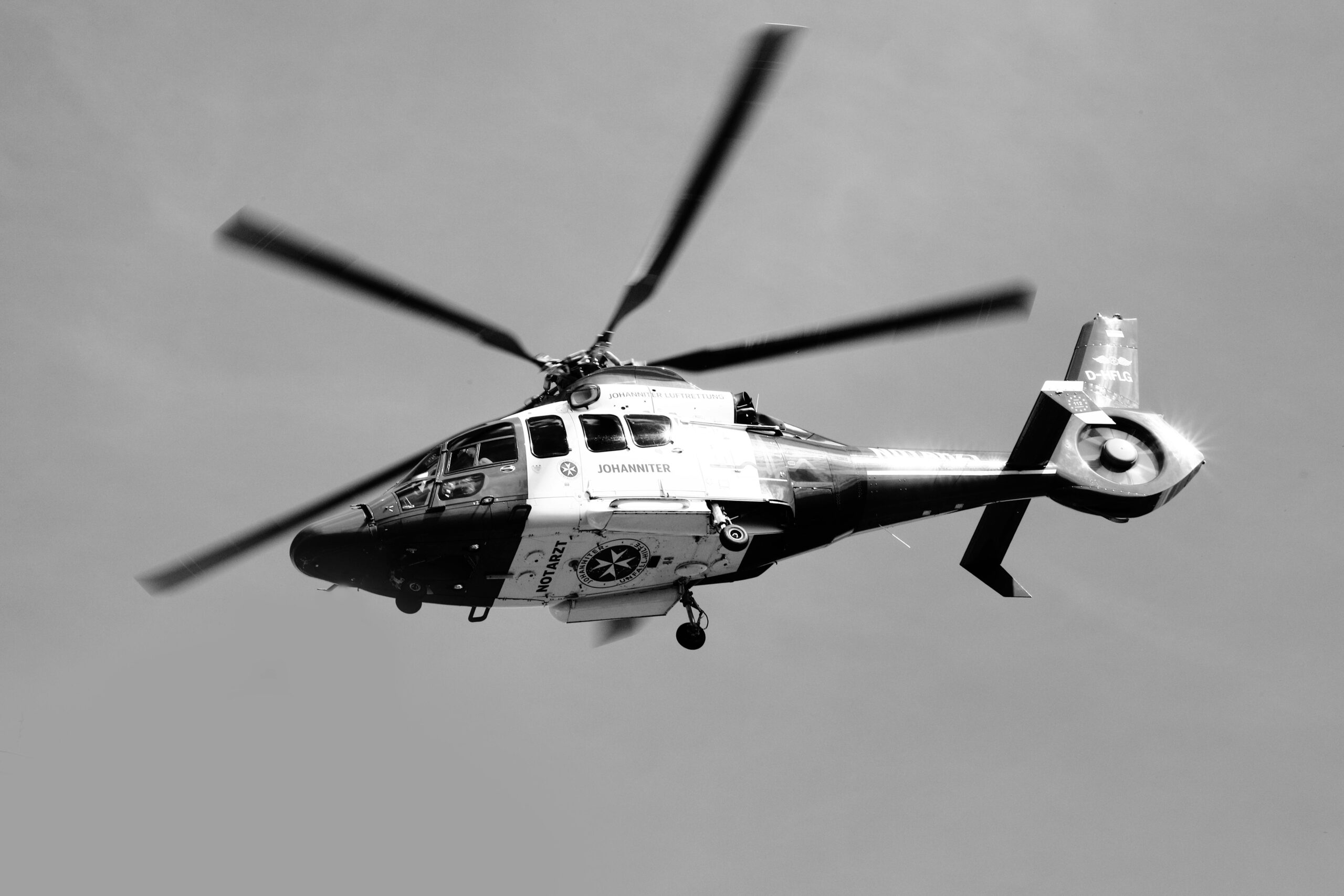In April 2025, the Federal Aviation Administration (FAA) announced a focused safety review of helicopter operations around Harry Reid International Airport (formerly McCarran) in Las Vegas. Spurred by concerns raised after a high-profile midair collision near Washington, D.C., in January, the review uncovered gaps in separation procedures, traffic advisories, and oversight that the FAA says must be addressed to prevent future incidents.

Why Las Vegas Became a Focus
Las Vegas is home to one of the nation’s busiest tourist helicopter markets, with dozens of daily flights offering aerial views of the Strip, Hoover Dam, and the Grand Canyon. Unlike fixed-wing aircraft, helicopters operate under less stringent air-traffic separation rules below 1,500 feet, relying heavily on procedural guidance and pilot advisories to maintain safe distances from commercial jets arriving and departing the airport’s two parallel runways.
Key Findings of the FAA Review
- Insufficient Vertical and Lateral Separation Guidance
Controllers and pilots reported confusion over prescribed separation minima, especially in congested arrival and departure corridors. Unlike standardized jet routes, helicopter corridors had relied on informal “suggested altitudes,” leading to instances where helicopters and airliners flew within 1,000 feet vertically and less than half a mile laterally—well inside safety buffers. - Gaps in Traffic Advisories
The review found that air-traffic controllers at the Las Vegas Tower were not always providing helicopter pilots with timely alerts on nearby fixed-wing traffic. In some cases, helicopters entering controlled airspace did so without explicit traffic calls, increasing collision risk. - Aging Surveillance Infrastructure
While commercial airliners benefit from Mode S radar and ADS-B (Automatic Dependent Surveillance–Broadcast) transponders, many tour helicopters lack ADS-B Out, preventing accurate real-time tracking on controller screens. This blind spot hampered both controllers’ situational awareness and the effectiveness of collision-avoidance systems.
Immediate Corrective Actions
- Revised Standard Operating Procedures: The FAA has issued a Notice to Air Missions (NOTAM) establishing clear minimum separation standards—1,500 feet vertically and one nautical mile horizontally—for helicopters operating in the airport’s Class B airspace.
- Mandatory ADS-B Out Requirement: All commercial tour helicopters must be equipped with ADS-B Out transponders by the end of 2025, ensuring precise tracking and automated alerting on both controller displays and in-cockpit systems.
- Enhanced Controller Training: Air-traffic controllers received supplemental training on helicopter-specific traffic management, emphasizing proactive advisories and standardized phraseology to eliminate ambiguity.
- Data-Driven Monitoring: The FAA is deploying a new analytics platform that ingests radar and ADS-B data to flag “near miss” events—defined as aircraft coming within 500 feet vertically or 0.4 miles laterally—triggering immediate investigations and corrective recommendations.

Broader Industry Implications
The Las Vegas review is part of a nationwide push by the FAA to shore up helicopter safety after Congressional hearings revealed over 15,000 “proximity events” between helicopters and fixed-wing aircraft since 2021. Key takeaways include:
- Tourism-Driven Risk: Airports with heavy sightseeing helicopter traffic—such as Los Angeles’s Van Nuys and Hollywood Burbank—are on the FAA’s watch list for similar safety checks.
- Technology Adoption: Beyond ADS-B, several helicopter operators are exploring Terrain Awareness and Warning Systems (TAWS) and helmet-mounted displays that overlay traffic information in pilots’ line of sight.
- Operator Oversight: The FAA plans deeper audits of Part 135 tour operators, examining maintenance records, pilot training curricula, and safety-management systems to ensure robust risk mitigation.
- Collaboration with NTSB: By pairing FAA data with the National Transportation Safety Board’s investigative findings from recent fatal crashes—such as the Red Sea tourist sub sinking—regulators aim to identify systemic vulnerabilities and share best practices across sectors.
What Comes Next
In the coming months, the FAA will host a helicopter safety roundtable in Las Vegas, bringing together operators, manufacturers, air-traffic managers, and pilot associations to refine standards and explore emerging technologies. A permanent oversight committee is slated to issue a comprehensive safety plan by year-end, with quarterly progress reports to Congress.

Frequently Asked Questions
Q: What triggered the FAA’s review of Las Vegas helicopter operations?
A: A deadly midair collision near Washington, D.C., in January 2025 prompted a systemwide look at helicopter-airliner separation procedures, with Las Vegas highlighted due to its busy tour helicopter traffic.
Q: Are sightseeing tours still allowed over the Strip and Hoover Dam?
A: Yes, but operators must comply with stricter altitude and route restrictions, and all tour helicopters must have ADS-B Out by the end of 2025.
Q: What is ADS-B Out, and why is it important?
A: ADS-B Out transponders broadcast an aircraft’s precise GPS-based position to both controllers and other equipped aircraft, greatly enhancing situational awareness and collision avoidance.
Q: How will these changes affect ticket prices for helicopter tours?
A: Operators may incur higher equipment and training costs, which could be partially offset by efficiencies gained through standardized procedures. Any fare adjustments will vary by company.
Q: When will the new separation standards take effect?
A: The FAA issued a NOTAM immediately upon review completion; pilots and controllers have already begun operating under the clarified minima.
Q: Will other airports face similar reviews?
A: Yes, airports with significant tour-helicopter operations—particularly in Los Angeles and along the Gulf Coast—are earmarked for upcoming safety audits.
Q: How can passengers verify an operator’s compliance?
A: Certified Part 135 operators will display compliance status on their websites and in brochures. Passengers can also inquire directly about ADS-B equipment and safety-management programs before booking.
Q: What role do pilots have in the new safety framework?
A: Pilots must follow revised route charts, maintain proactive communications with controllers, and participate in recurrent training emphasizing traffic-avoidance best practices.
Q: How will the FAA monitor ongoing safety improvements?
A: The new data-analytics platform will continuously tally proximity events and alert regulators to trends, enabling targeted interventions and public transparency through quarterly safety dashboards.
Q: Where can I learn more about helicopter safety regulations?
A: The FAA’s website offers a dedicated helicopter safety portal, including guidance on ADS-B requirements, Part 135 operations, and safety-management system resources.
Sources The Hill


